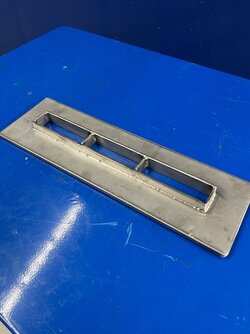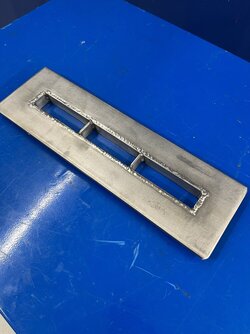I have posted in this forum several years ago. I didn't get to proceed with the project I outlined then. I hope to implement some of the ideas discussed previously, with the exception of now considering an Attack Lambda DPX45. I have hopefully surveyed the offerings now available, and think the Attack boiler may be about as good as others on offer, with the advantage of being significantly cheaper. Do any of you out there have any opinions to offer as to the qualities or drawbacks of this particular boiler?
Thank You Lloyd Koos
Thank You Lloyd Koos



